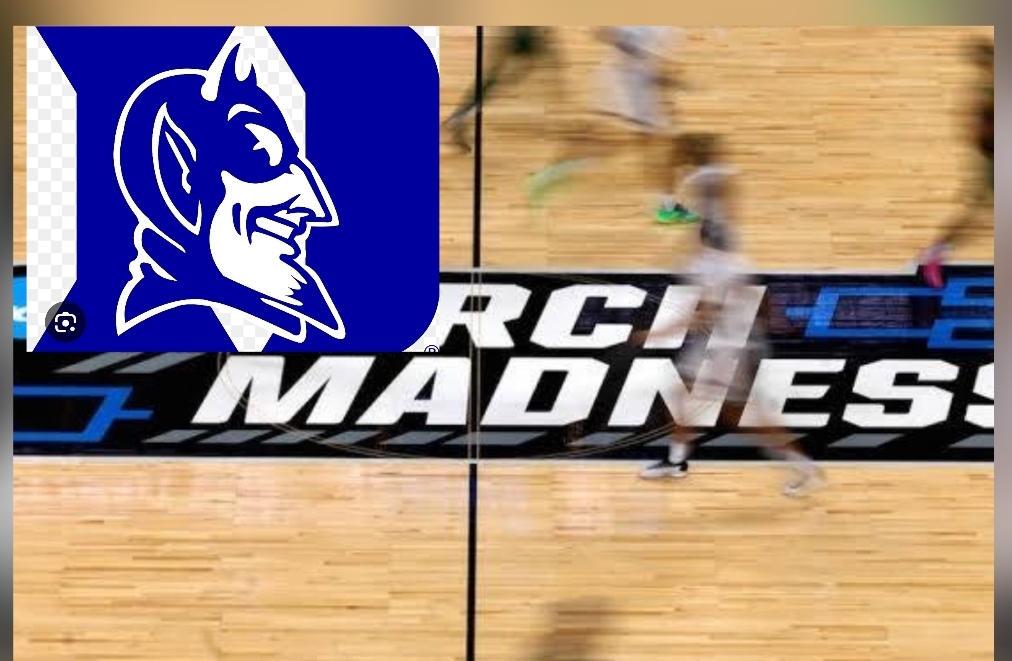This has been the feeling ever since so-called NIL compensation was made allowable almost four years ago, but it’s exacerbated to cartoonish levels with each passing year. The coach quoted above had been recruiting a mid-major player who wasn’t even top-three on his team in scoring. Nevertheless, this coach liked what he saw and thought the player could transfer up and maybe fight his way into the starting lineup. His school offered the player north of $500,000 — more than the coaching staff wanted, but bidding wars lead to some strange recruiting tributaries.
They didn’t get the player.
A competing school swiftly came over the top and signed him for $1 million. (Another coach I checked in with to verify the story claimed the number is in fact $1.2 million.) The player was so bowled over by the offer, he signed a contract even before eventually calling and telling the other school what he’d done.Three years ago, Nijel Pack left Kansas State and signed a two-year NIL deal that paid him $400,000 per season to play at Miami. It made him, at that point, the highest-paid player in college basketball and predictably precipitated geyser-like response. Shock, awe, cynicism, celebration, criticism, admiration, you name it.
Pack’s publicly disclosed contract by a high-profile Miami booster made national news and signaled a dam-breaking event amid an uncertain, fledgling era of college athletics that guaranteed one thing and one thing only: NIL agreements would get exponentially more excessive in the years to come. All the way back in 2022, it was hard for some people to wrap their minds around the idea of a college basketball player with minimal name recognition earning a $400K/year contract.
Three years later, the size of Pack’s payday barely registers as a headline-worthy transaction in college athletics.
Here’s what $400,000 will get you for one season in 2025: a mid-major guy who averaged fewer than 10 points on a non-NCAA Tournament team. This isn’t hypothetical; that very thing has already happened multiple times in recent weeks.This has been the feeling ever since so-called NIL compensation was made allowable almost four years ago, but it’s exacerbated to cartoonish levels with each passing year. The coach quoted above had been recruiting a mid-major player who wasn’t even top-three on his team in scoring. Nevertheless, this coach liked what he saw and thought the player could transfer up and maybe fight his way into the starting lineup. His school offered the player north of $500,000 — more than the coaching staff wanted, but bidding wars lead to some strange recruiting tributaries.
They didn’t get the player.
A competing school swiftly came over the top and signed him for $1 million. (Another coach I checked in with to verify the story claimed the number is in fact $1.2 million.) The player was so bowled over by the offer, he signed a contract even before eventually calling and telling the other school what he’d done
















